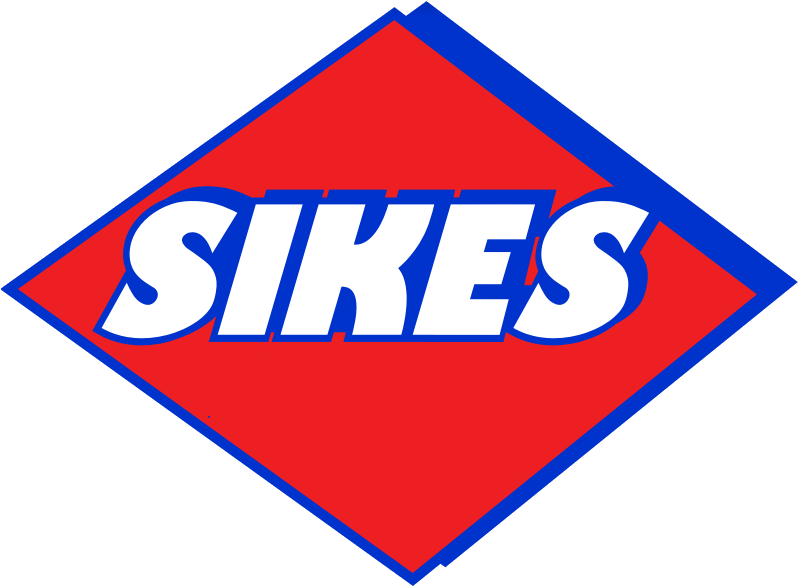Custom concrete forms and molds are an essential element in any construction project where concrete is used. Whether you are building a foundation, a wall, or any other concrete structure, you will need a form or mold to shape the wet concrete as it hardens.
In this blog post, we will take a deep dive into the process of creating custom concrete forms and molds for specific project needs. We will cover everything from the design phase to the manufacturing process and how to properly use and maintain your custom forms and molds.
Designing Custom Concrete Forms and Molds
The first step in creating custom concrete forms and molds is the design phase. This is where you will determine the size, shape, and overall design of your form or mold.
There are several factors to consider when designing your custom form or mold. The most important factor is the type of concrete structure you are building. Different structures require different forms and molds, so it is essential to choose the right one for your project.
Other factors to consider include the type of concrete you will be using, the type of finish you want on your finished product, and any special requirements or features that you need your form or mold to have.
Choosing the Right Materials for Your Custom Concrete Forms and Molds
Once you have designed your custom form or mold, the next step is to choose the right materials for the job. There are several materials to choose from when it comes to custom concrete forms and molds, including wood, metal, plastic, and fiberglass.
Each material has its own set of pros and cons, so it is essential to choose the right one for your project. Here are some things to consider when choosing your materials:
Wood
Wood is a common choice for custom concrete forms and molds because it is relatively inexpensive and easy to work with. However, wood is not as durable as other materials and can warp or rot over time.
Metal
Metal is a more durable option than wood, but it is also more expensive. Metal forms and molds are best suited for large projects where the form or mold will be used multiple times.
Plastic
Plastic is another affordable option for custom concrete forms and molds. It is lightweight and easy to work with, but it is not as durable as metal or fiberglass.
Fiberglass
Fiberglass is the most expensive option for custom concrete forms and molds, but it is also the most durable. It is resistant to wear and tear and can be used for both small and large projects.
Manufacturing Custom Concrete Forms and Molds
Once you have designed your custom form or mold and chosen the right materials, the next step is the manufacturing process. There are several methods for manufacturing custom concrete forms and molds, including CNC machining, 3D printing, and hand-building.
CNC machining
CNC (computer numerical control) machining is a manufacturing process that uses computer-controlled machine tools to shape and cut materials. CNC machining is an efficient and precise way to create custom concrete forms and molds.
3D printing
3D printing is a relatively new manufacturing process that involves using a 3D printer to build objects layer by layer using a variety of materials. While 3D printing is still in its infancy, it has the potential to revolutionize the way custom concrete forms and molds are made.
Hand-building
Hand-building is the most traditional method of manufacturing custom concrete forms and molds. It involves building the form or mold by hand using tools such as hammers, chisels and saws. While hand-building can be a time-consuming process, it is often the best option for creating custom forms and molds with complex shapes or details.
Using and Maintaining Custom Concrete Forms and Molds
Once your custom concrete forms and molds have been manufactured, it is essential to properly use and maintain them to ensure a successful project. Here are a few tips for using and maintaining your custom forms and molds:
Follow the manufacturer's instructions: Every form and mold is different, so it is essential to follow the manufacturer's instructions for use and maintenance. This will ensure that you get the best results and prolong the life of your form or mold.
Protect your forms and molds: Concrete forms and molds are prone to damage, so it is essential to protect them from impact and abrasions. Use padding or protective coverings to shield your forms and molds from damage during transportation and storage.
Clean and maintain your forms and molds: Proper cleaning and maintenance are crucial to extending the life of your forms and molds. After each use, clean your forms and molds thoroughly to remove any concrete residue. Repair any damages as soon as possible to prevent further wear and tear.
Store your forms and molds properly: Proper storage is essential to maintaining your forms and molds. Keep your forms and molds in a dry, protected area away from extreme temperatures and moisture. This will help to prevent damage and extend their lifespan.
Conclusion
Custom concrete forms and molds are an essential element in any construction project where concrete is used. The process of creating custom forms and molds involves designing the form or mold, choosing the right materials, and manufacturing the form or mold. Proper use and maintenance are also crucial to ensuring a successful project and prolonging the life of your custom forms and molds.
By following these steps, you can create custom concrete forms and molds that are tailored to your specific project needs and ensure a successful project outcome.




